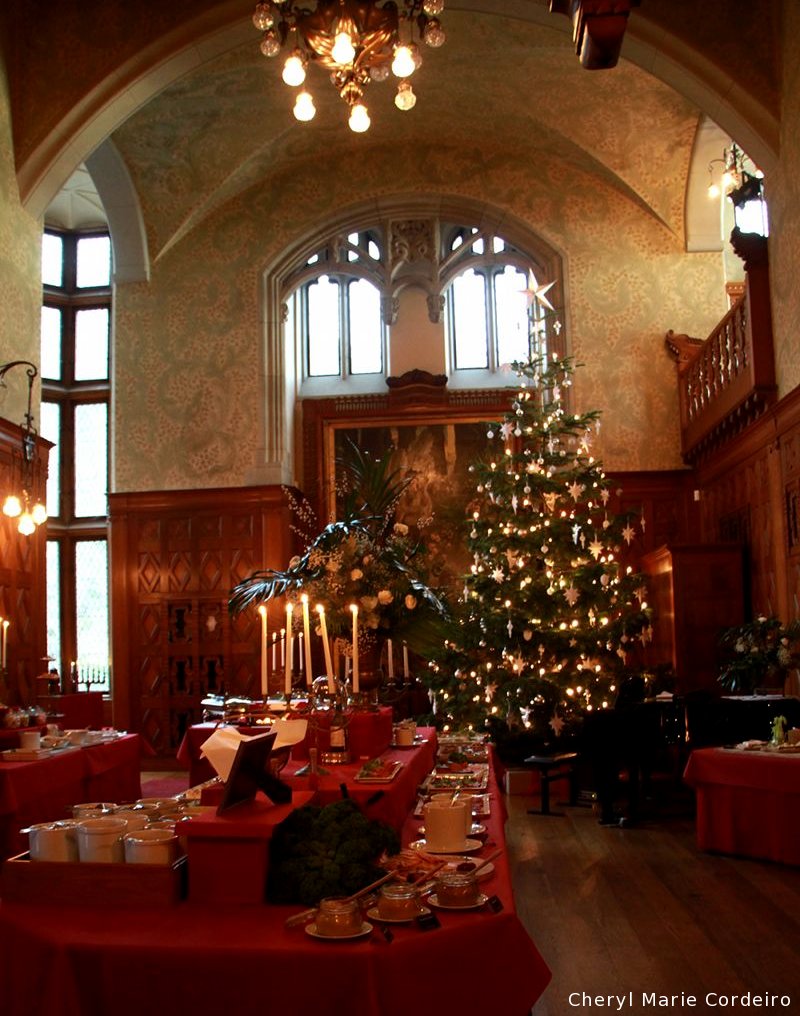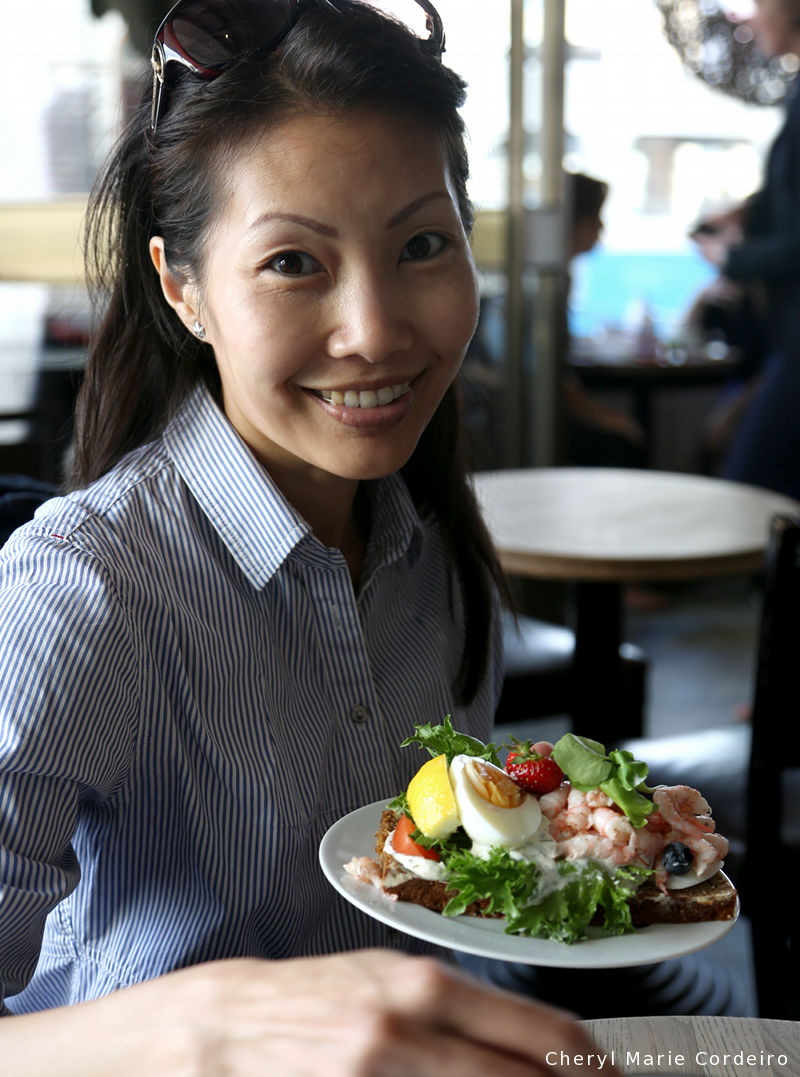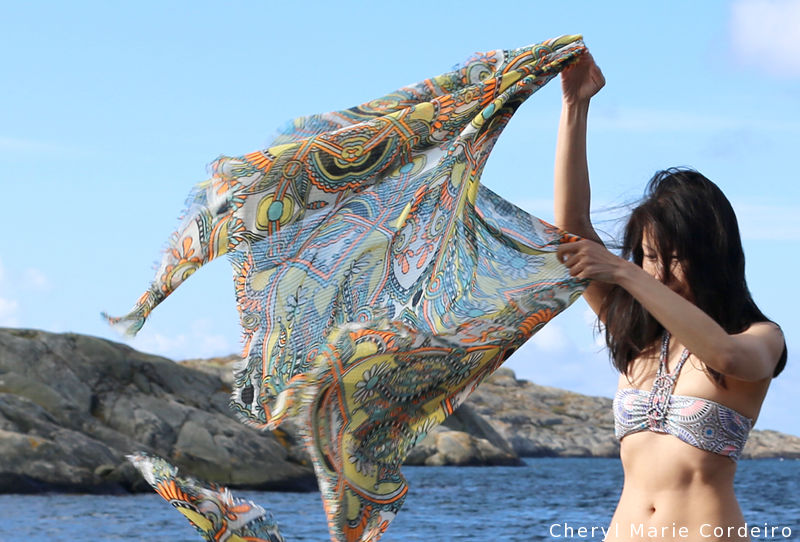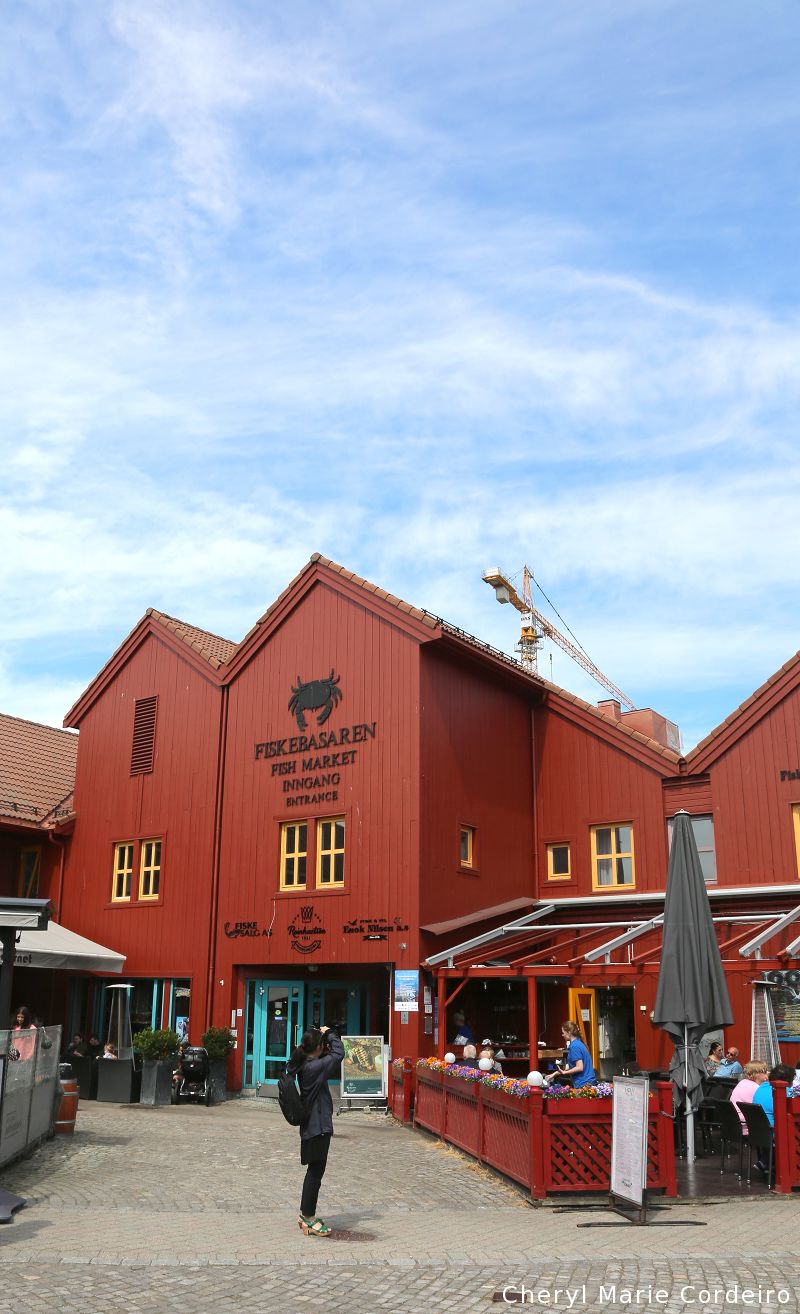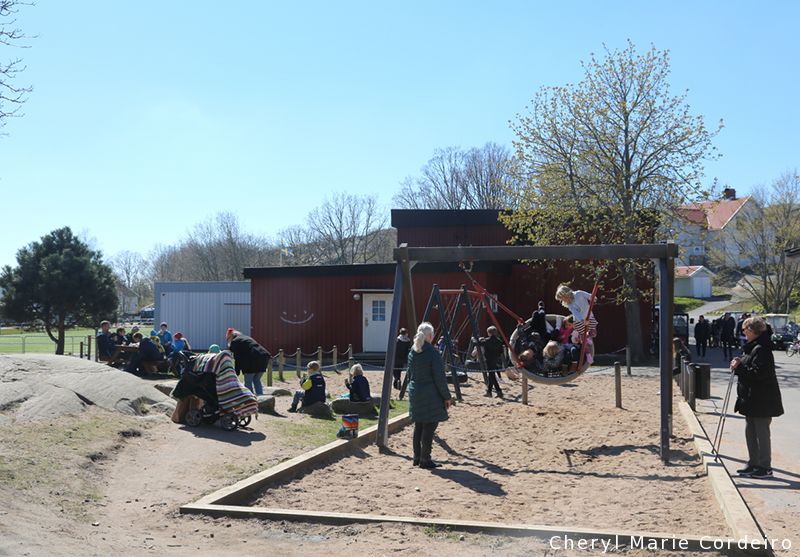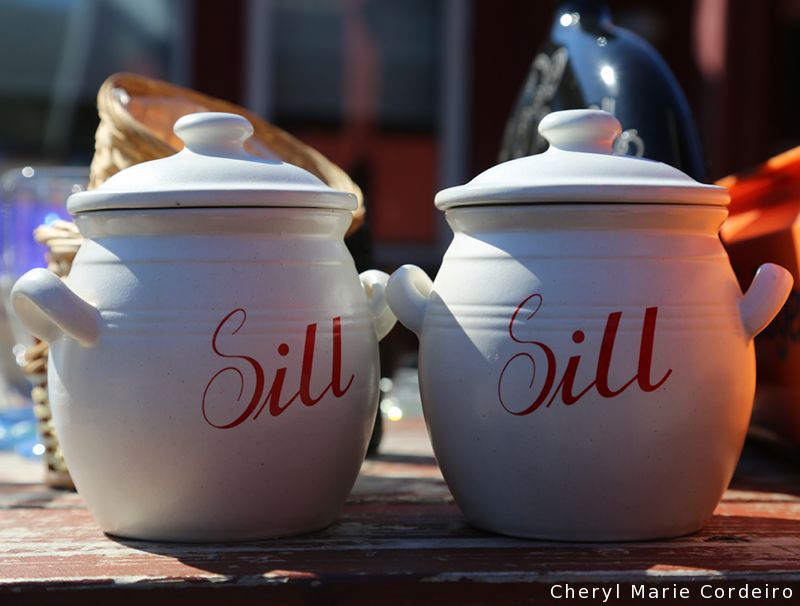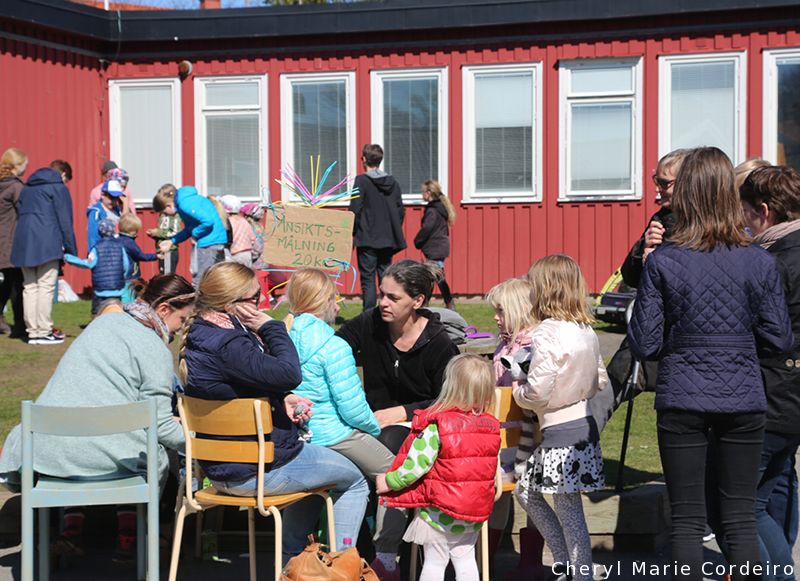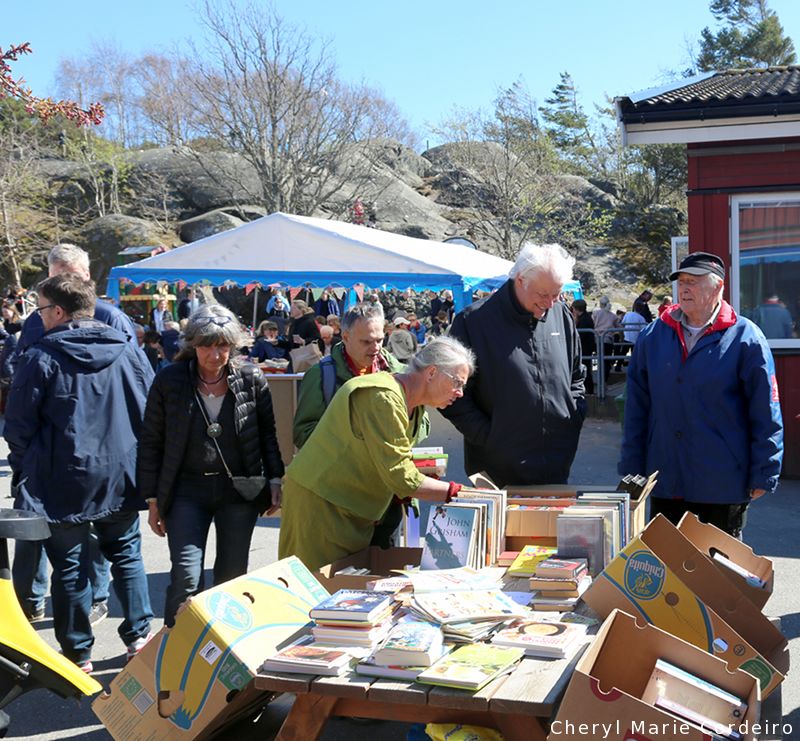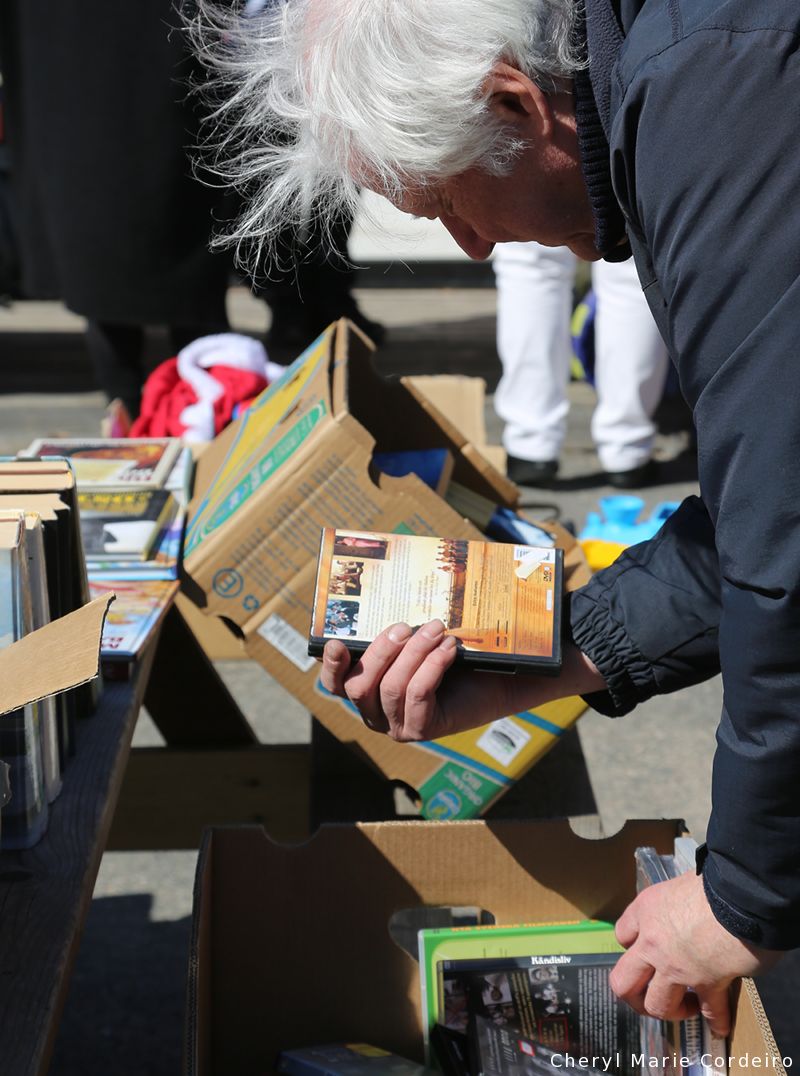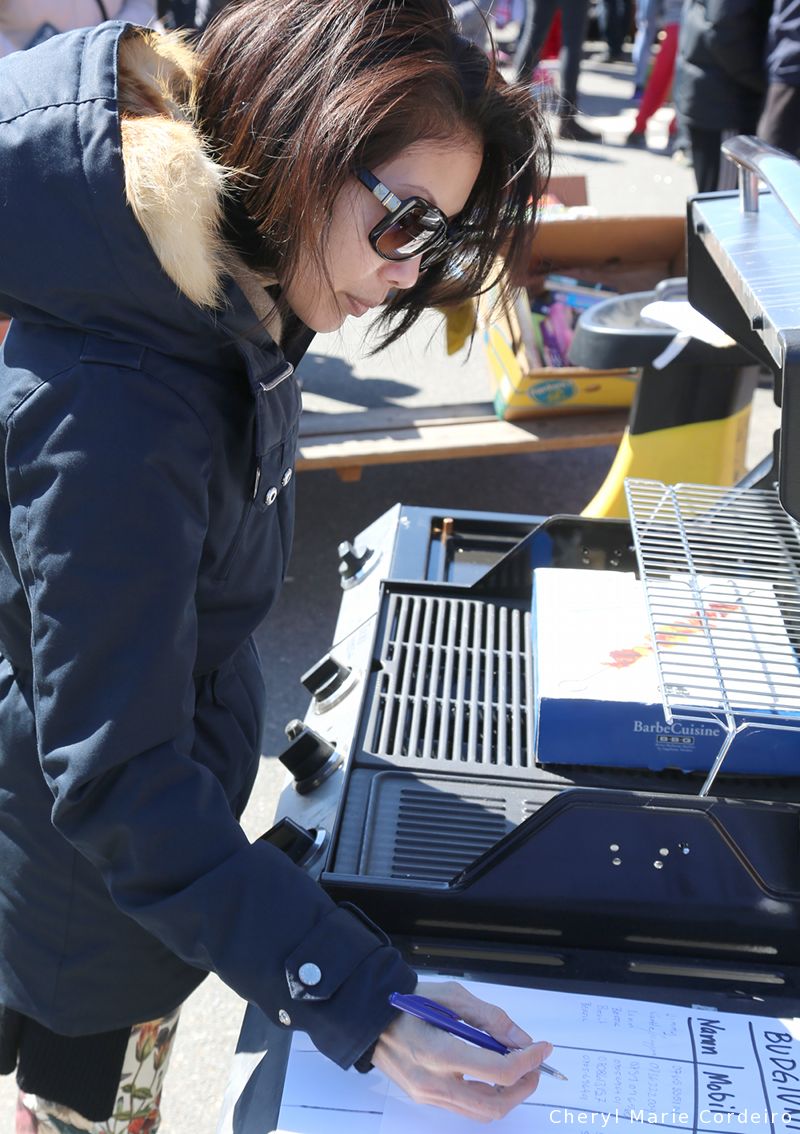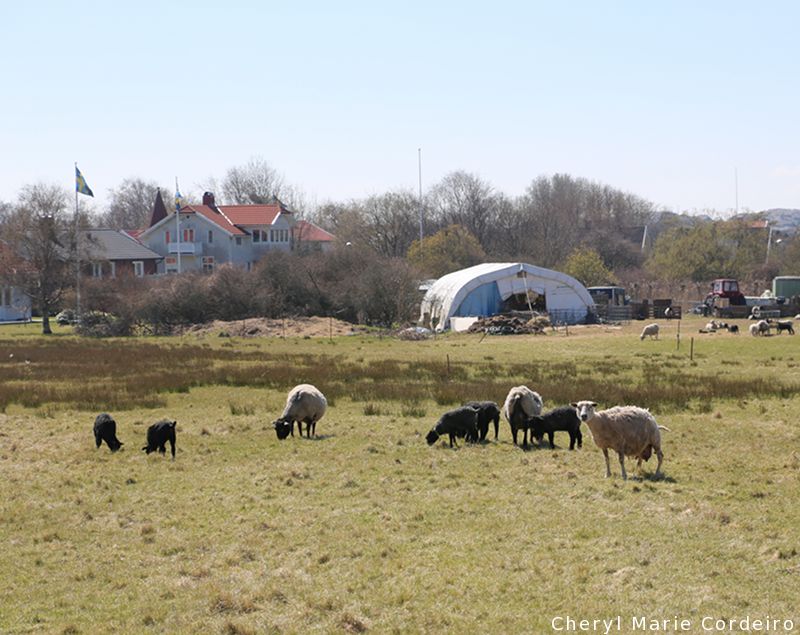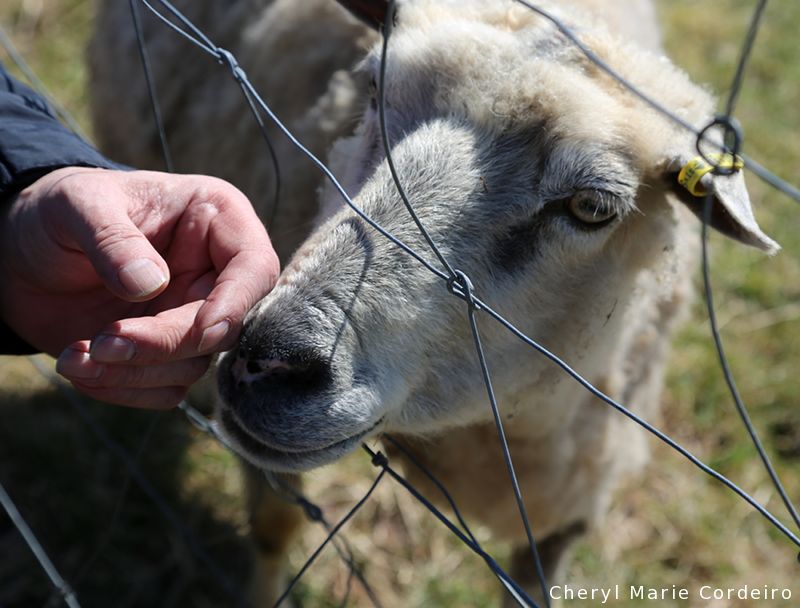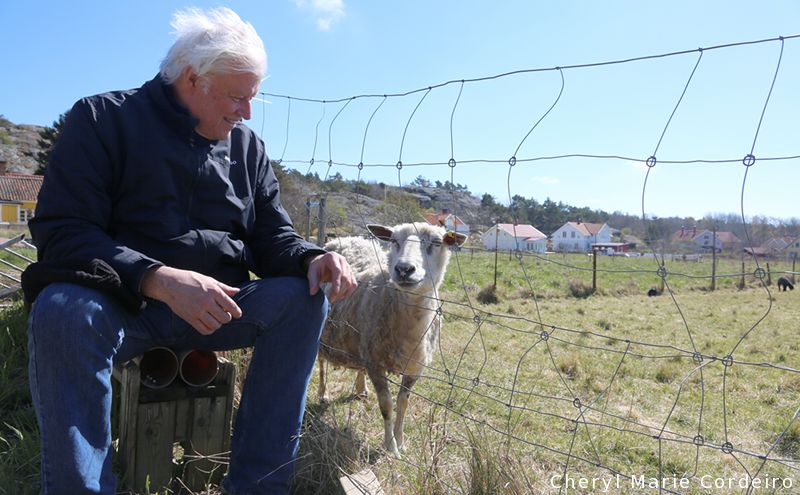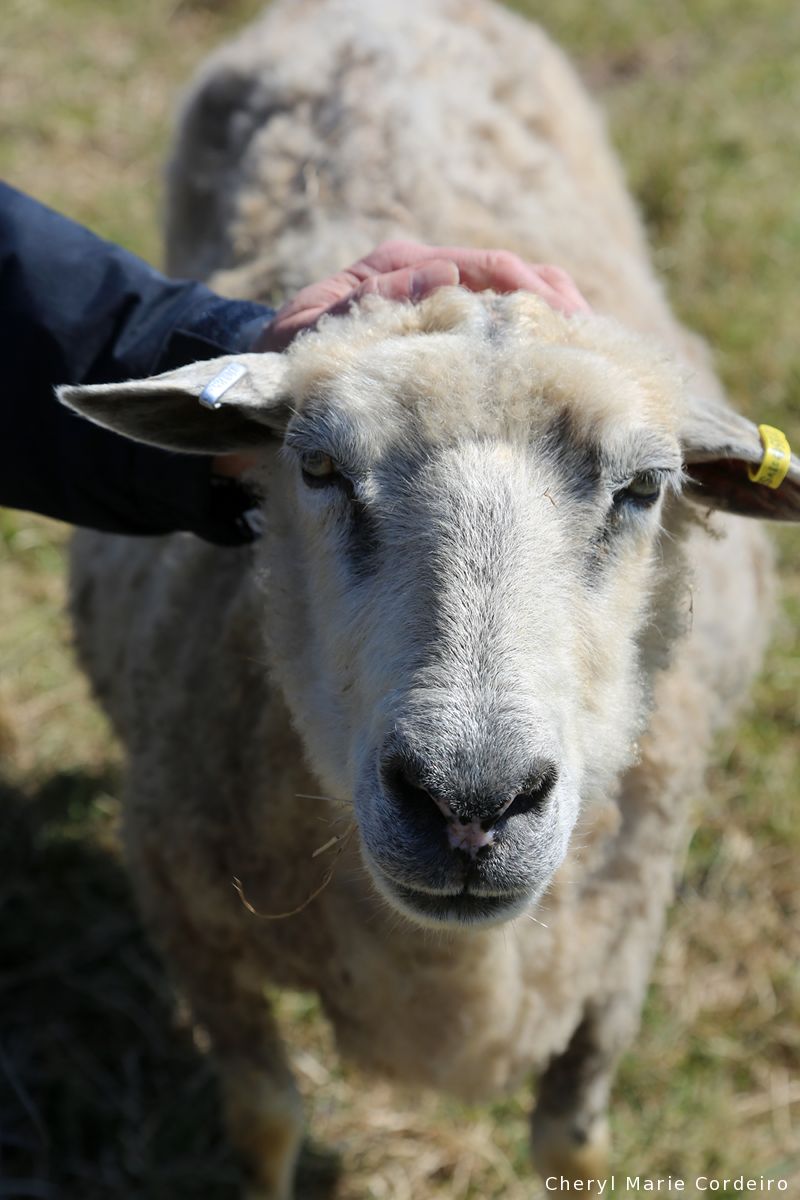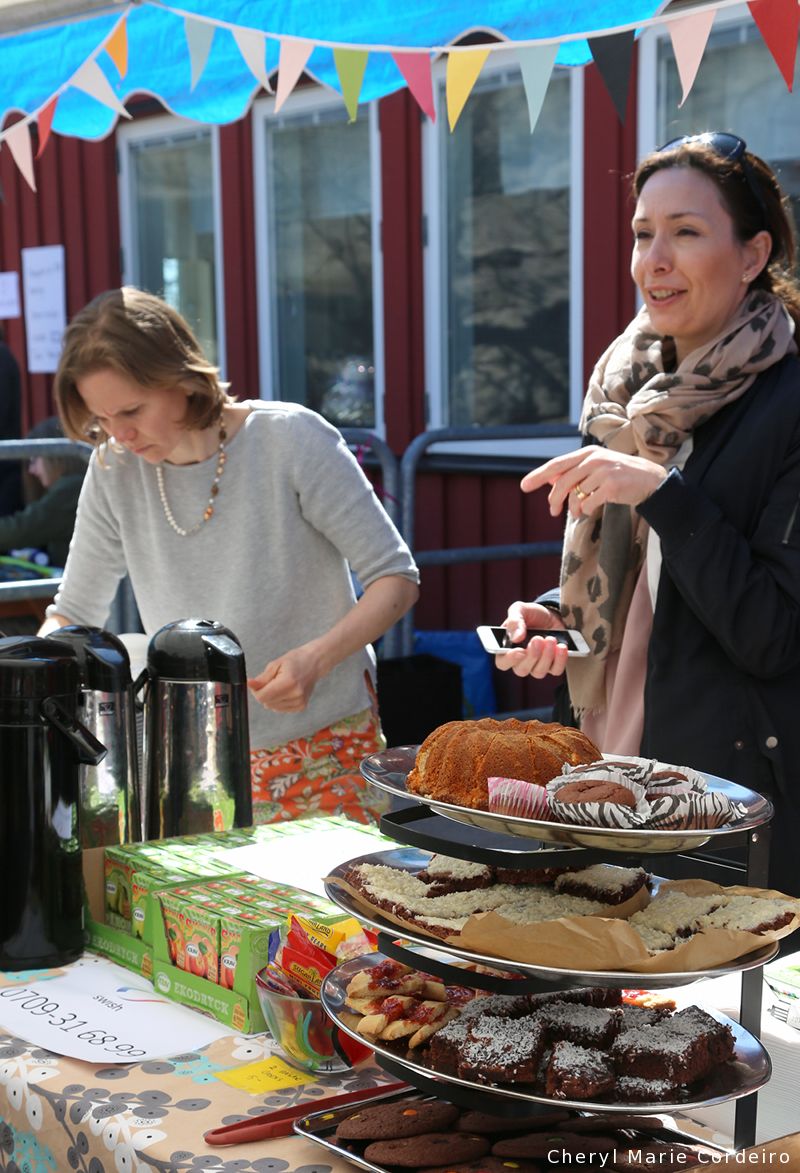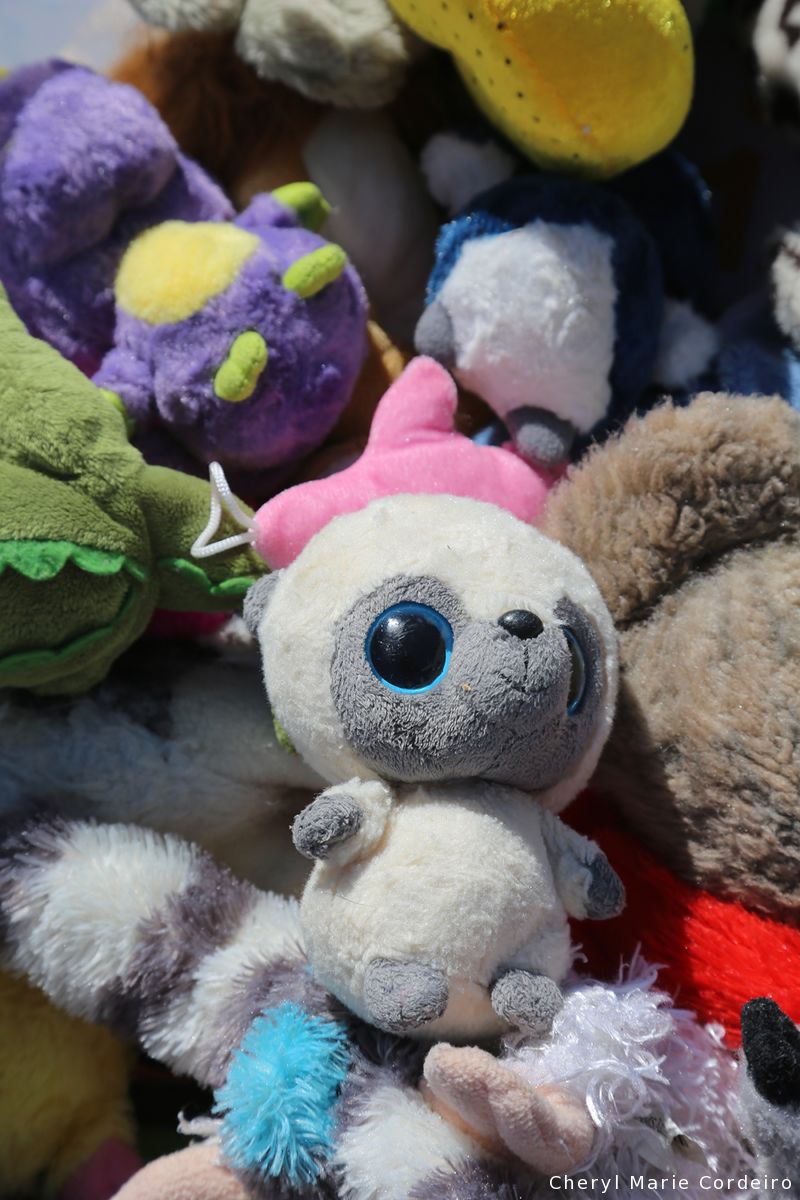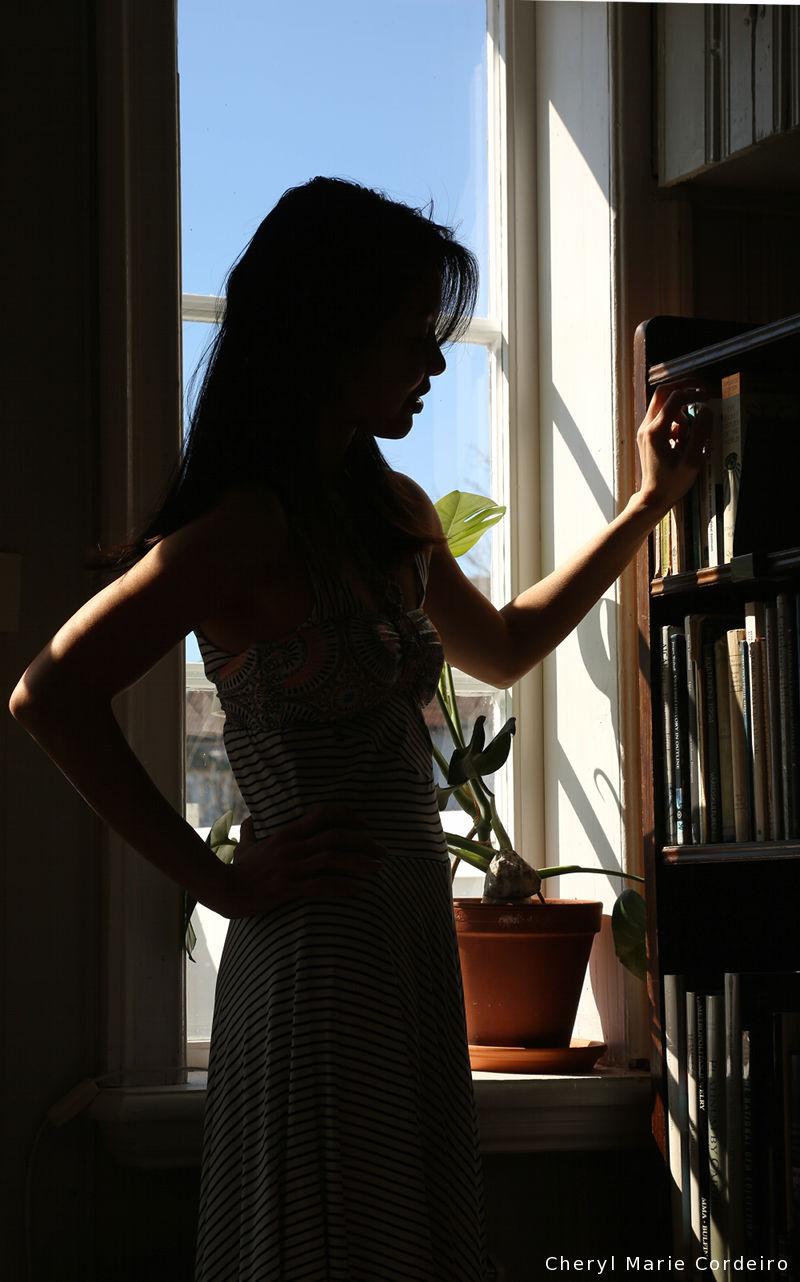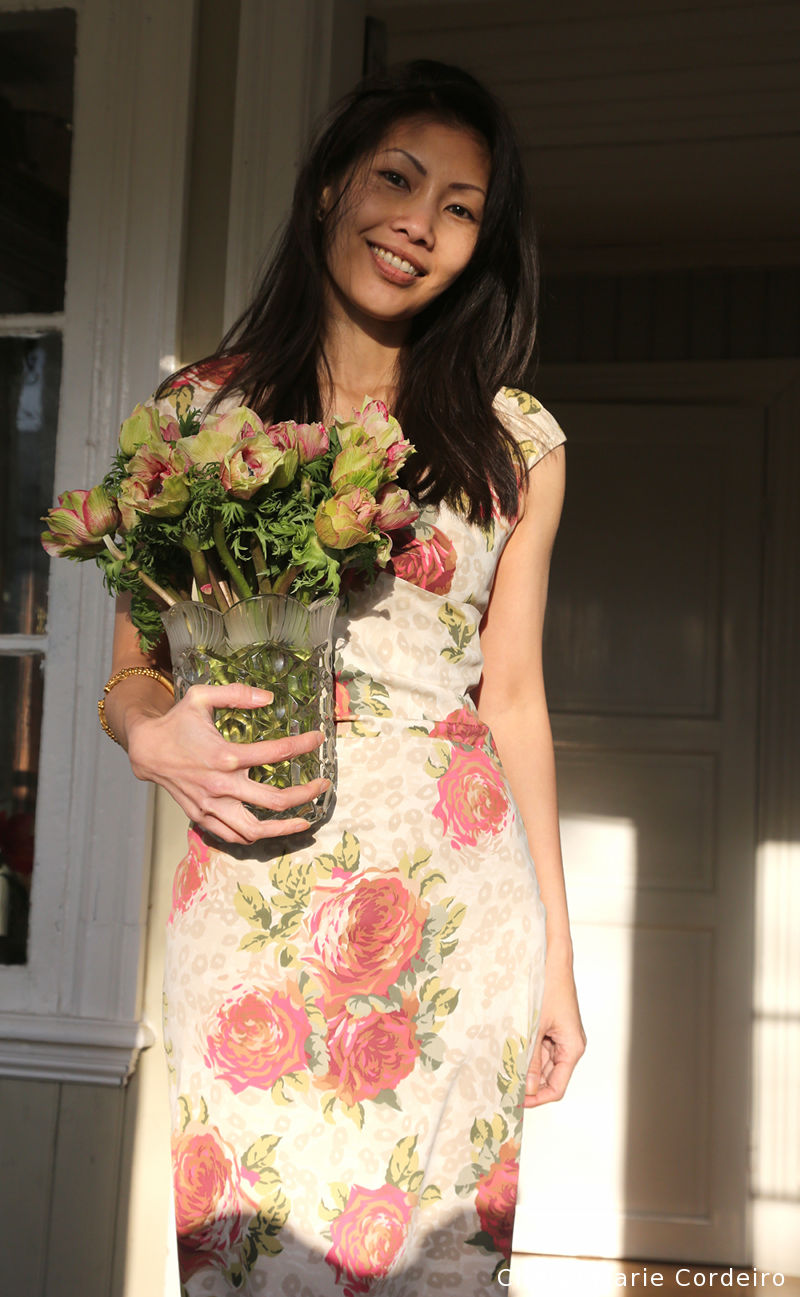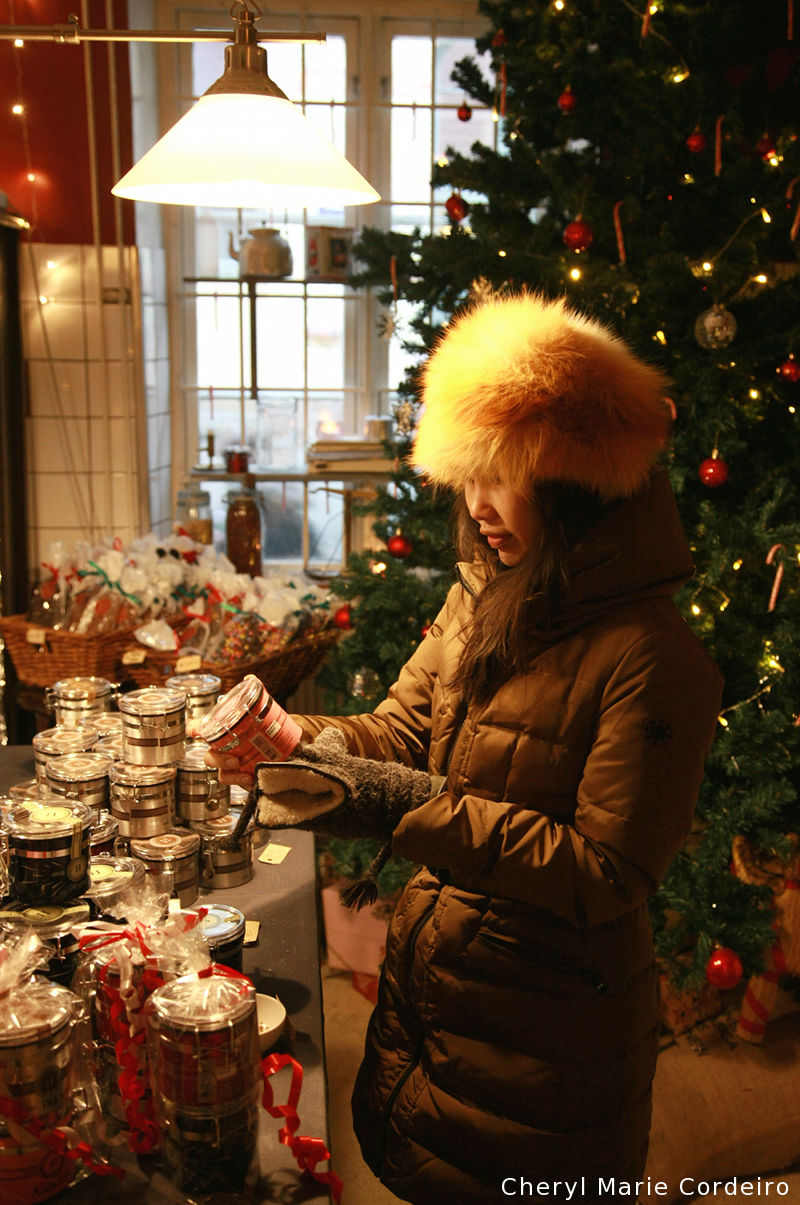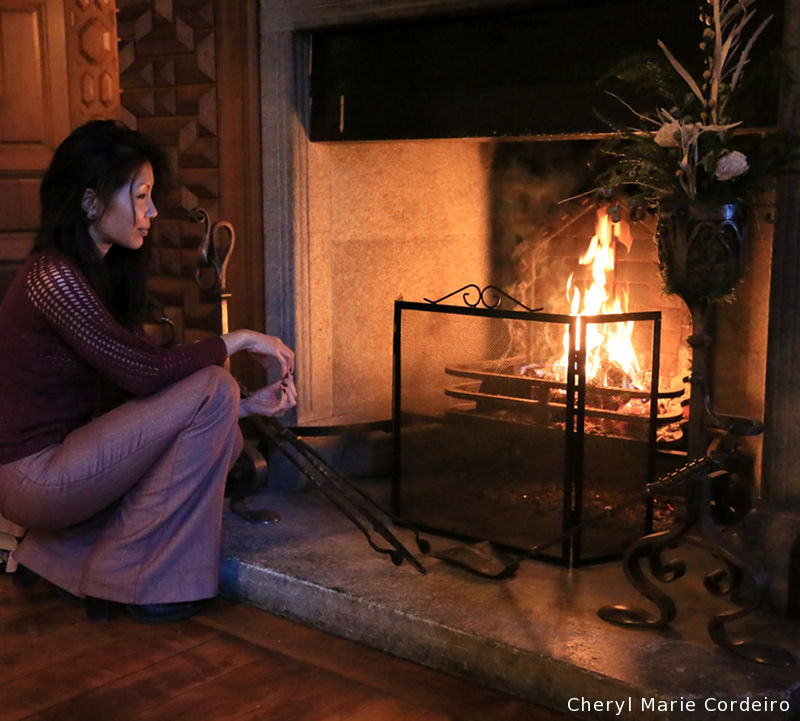A Christmas setting. At Tjolöholms Slott, Sweden, 2017.
Text & Photo © JE Nilsson, CM Cordeiro 2017
Our first julbord sitting at Tjolöholm Slott was in 2014. Tjolöholm Slott usually has two julbord sittings per day during julbord season. Although most pictures from 2014 indicate a clear silver-grey horizon from the garden out back of the castle grounds facing the sea, I think this year’s dining was distinctly selected for the lunch hour. This lunch hour sitting offered us a view of the castle grounds by daylight. Different to previous Christmas sittings, most notable this year was the opening of the basement as closet for guests, and glögg served at the respective tables of the guests. This shift of welcome glögg from common area to individual tables opened up the possibility for guests to move around the hall and dining areas in their own space and time, unstressed by crowd following procedures that usually accompanies julbord sittings as a means to facilitate crowd control experienced at other dining places. Variations in the annual Christmas decorations include the decorated tree in what was formerly designated as closet space. Activities to the event ran more smoothly this year, with the usual impeccable hospitality from the services team, and a more streamlined visualisation of the presentation of the julbord that gave plenty of room for guests to take their time exploring the julbord’s offerings.
